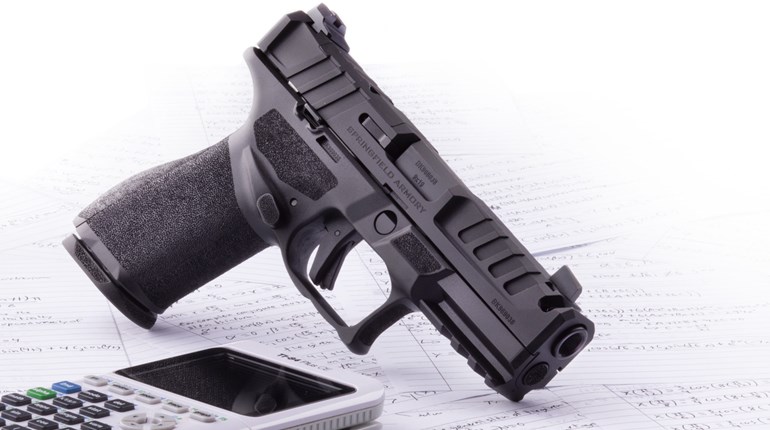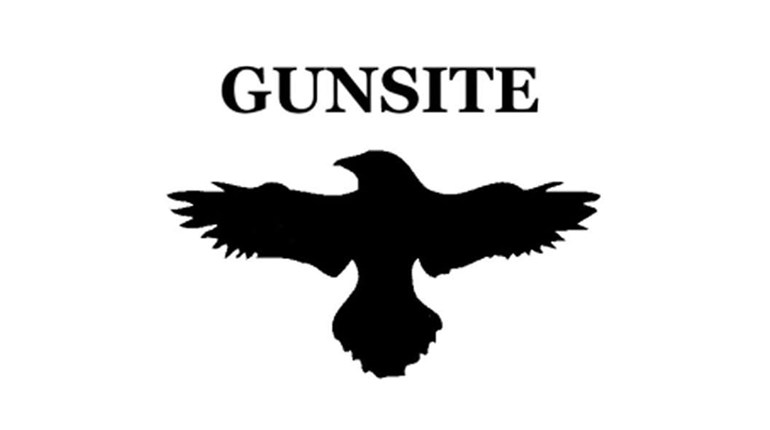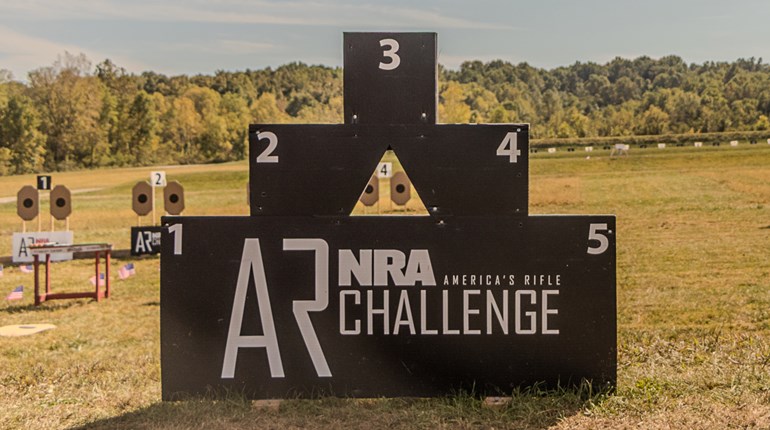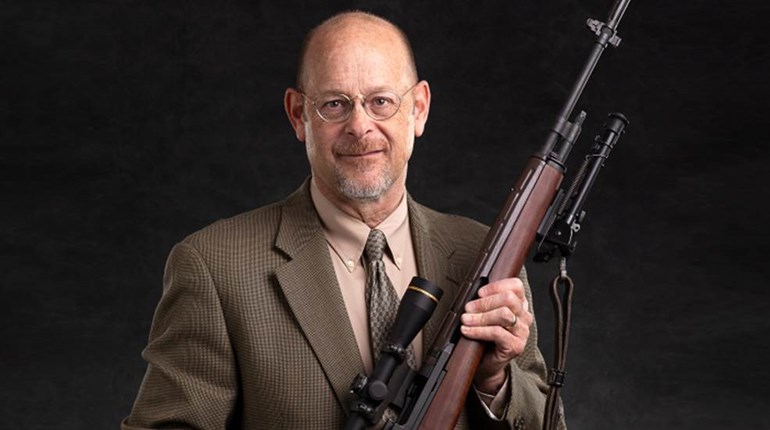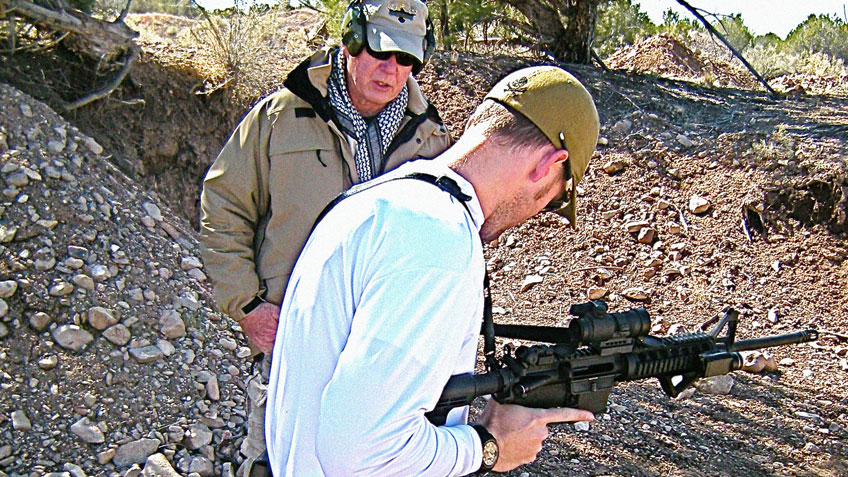
Though he may have a gruff persona, Ed Stock earned a reputation as one of Gunsite Academy’s many top-notch instructors.
I had been doing a great deal of shooting in the years preceding that date—Oct. 18, 1993—but most of it was on my own. As an active writer for several of the better-known gunzines, I made weekly trips to the range to do shooting evaluations of various handguns. In many ways, it was a gun buff’s dream job, but it had essentially taken me away from formal competition and even the traditional so-called “square” ranges of police and military training. Sure, I had put a blue gazillion rounds downrange, but the dude who confronted me on that crisp October morning could not have cared less. To him, it mattered little that I had a firearm-rich background. I was just another dumb student on the first morning of yet another Gunsite 250 (Basic Defensive Pistol). He was in charge and made that status crystal clear to a crowded classroom of awed prospective gunslingers.
“I don’t care if you’re the lead shooter for SEAL Team Six, this is my range and you will shoot my way!”
Thus was I introduced to Ed Stock, the near-legendary senior rangemaster at Gunsite Academy. From the way he lectured the class on safety to the sun-bleached khaki shirt and aging Bruce Nelson holster, the impression given was one of…well—experience. After 37 years of doing it, Stock just recently retired from his exalted position at Gunsite, as well as the Arizona State Troopers and U.S. Army reserves. He had been a Marine as a young ‘un, but went over to the Army when it let him jump out of airplanes and wear shiny boots.
None of this mattered on that long-ago October morning. I was there to take the basic class on pistol and do a story, complete with pictures. This authoritative guy, with a voice that sounded like he had been gargling with Drano, was going to be running my life for a week. I sat up and started listening. We headed to the North Range, where he had to raise his voice to be heard. Ed Stock began the process of turning housewives, supermarket clerks, a veterinarian, a fashion model and assorted other diverse American citizens into competent defensive shooters. On matters of gun-handling safety, he was firm. (Better make that rigid.) That observation leads to a quality that all rangemasters have to have.
This is a very stressful way to make a living. By design, the firearms their students are handling are deadly—capable of taking a human life in the blink of an eye. Out of ignorance, otherwise savvy people choke a little bit and do things the rangemaster has just told them not to do. Almost always it’s the wandering muzzle or the trigger finger that can’t find a good home. Several of his students had problems and were corrected in the most positive manner possible. This stems from the fact that the rangemaster is responsible for everything that happens on his range. Every student must be watched carefully and constantly. The rangemaster and his several coaches cannot relax for a minute. It is a very stressful environment. On top of that, the rangemaster has to find a way to implant unfamiliar and sometimes uncomfortable skills to shooters with relatively little experience in an atmosphere of noise, heat and physical discomfort. Stock’s manner of doing all of this reminded me of the way the Marine Corps conducted its range training. As the week wore on, my respect for this rangemaster and his skills steadily increased. He may be brusque or even gruff, but he was a teacher—a good one.
I have been fortunate in a lot of ways, one of them being the many times I have been privileged to make it down to the school in Arizona’s juniper and red rock country. These week-at-a-time training classes have often been taught by Stock or other fine instructors (including his brother, who just might be more hard-nosed than Ed). I have run pistol training in my lifetime and I am well aware that it can be dangerous. That’s particularly true when the guy running the range is not firmly in control. Control creates an atmosphere that engenders learning and Stock had plenty to teach. As a very active peace officer, he was involved in a number of shooting incidents and always learned from them. He studied defensive shooting in depth and was a big part of the team of rangemasters who Col. Jeff Cooper put together to run Gunsite Academy.
It would be very nice to talk about Stock’s kinder, gentler side, but he doesn’t seem to have one. He is like the Latin teacher in high school who rarely smiled but taught you a lot of Latin. When vexed by his student’s failure to grasp a particular point, he will resort to sarcasm. He’s particularly critical of aging gunwriters who can’t seem to shoot fast enough to complete an El Presidente drill in the allotted time. Stock once said that he could use a sundial to measure my performance in that classic exercise. It is not surprising that he currently greets me with a sardonic “How ya’ doin’, Sundial?”
I am deeply impressed with the good work done by rangemasters in general. Having gone to other shooting schools, I have come to appreciate the breed. They are an integral component of the self-defense training business. Gunsite, the best known of many schools, celebrated its 40th anniversary in 2016.
Ed Stock was there for 37 of those years. If you were putting off your trip to Gunsite Academy, you waited too long. Ed is no longer there to push you through the training syllabi’s with his unique blend of sarcasm and guidance. But not to worry—he left a whole corps of great rangemasters who will teach you all about using your fightin’ iron.












